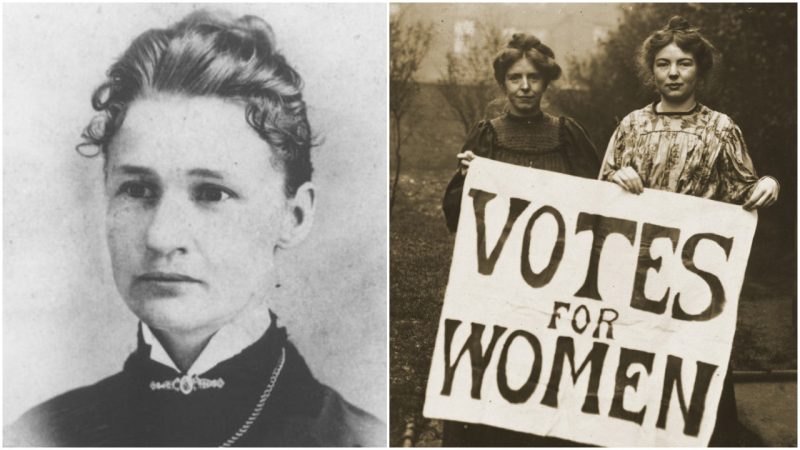Imagine finding out you have been nominated for public office without your knowledge. Now imagine that it was done as a joke. And then imagine that you won. This is exactly what happened to Susanna Madora Salter in 1887.
Salter, who was born to a strict Quaker family in Lamira, Ohio, in 1860, is believed to be the first female mayor in the United States, and one of the very first women elected to any political office in America.
At the age of 12, she moved with her family to a farm near Silver Lake, Kansas, and then, at the age of 20, attended the Kansas State Agricultural College, or what is now Kansas State University.
She was forced to quit school a mere six weeks before graduation, however, as she was too ill to finish.
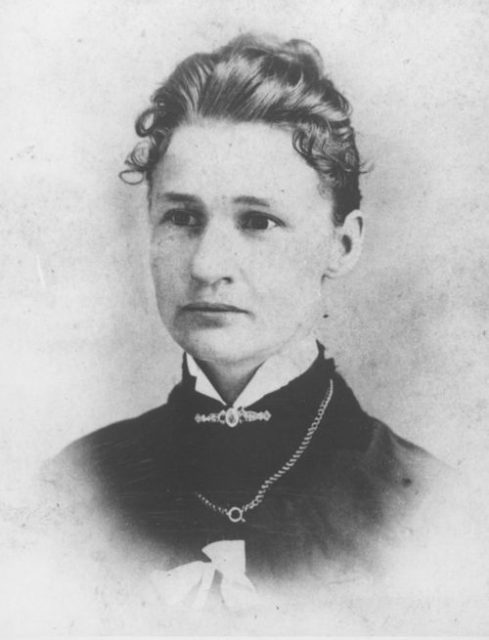
While a student, she met her future husband – Lewis Salter. After they married in 1880, they moved to Argonia, Kansas, and started a family.
She gave birth to nine children in all, her first in 1883. In addition to her new life as a wife and mother, Susanna Salter became an officer in her local Women’s Christian Temperance Union.
Susanna’s parents moved to Argonia shortly after she and Lewis, and her father was elected the first mayor of the newly incorporated town in 1885, and Lewis the first City Clerk.
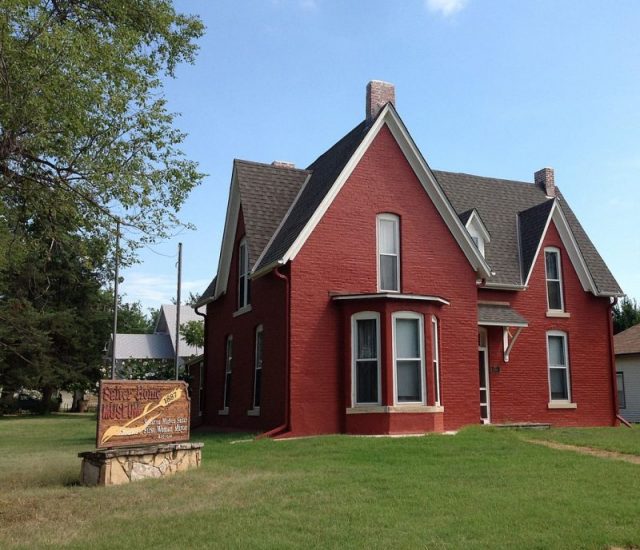
In 1887, a historic event took place in Kansas, predicating Susanna’s political future.
Women were given the right to vote, as long as they lived in a city of either the first, second, or third class. Women in Argonia, a town of the third class, were, therefore, eligible to vote.
That year the Women’s Christian Temperance Union made the enforcement of Kansas’s laws on Prohibition its main issue, nominating a number of potential candidates who were in agreement.
In addition, they wanted to make the point that women were now permitted to have a say in issues of politics. Unfortunately, this did not go over well with some members of Argonia’s population.
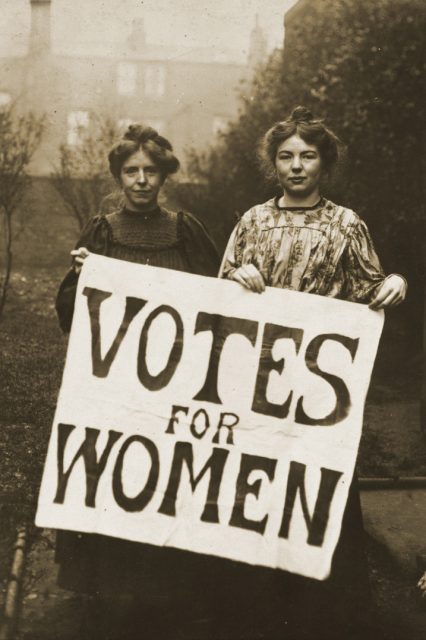
A group of about 20 men were displeased by the idea of women being involved in politics and wanted to do something about it.
They submitted a list of candidates that was the same as that of the Women’s Christian Temperance Union, but with Susanna Salter as the mayor as a prank.
They thought that no man would vote for a female mayor, and the women would vote for all of the other members of the Women’s Christian Temperance Union.
Influential Quotes from 10 Powerful Women of the 20th Century
Ultimately, the men were hoping that Salter would lose, that the entire Women’s Christian Temperance Union would be humiliated, therefore discouraging any women from getting involved in politics in the future.
Salter did not find out about the supposed joke until day of election, when the local Republican Party chairman sent a group of representatives to her house, where she was doing laundry, to see if she was actually running for office.
She was asked if she would serve as mayor if successfully elected, to which she replied “yes.” Perhaps buoyed by her enthusiasm, or simply not pleased with someone trying to de-legitimize the election process, the Republicans agreed to vote for Salter.
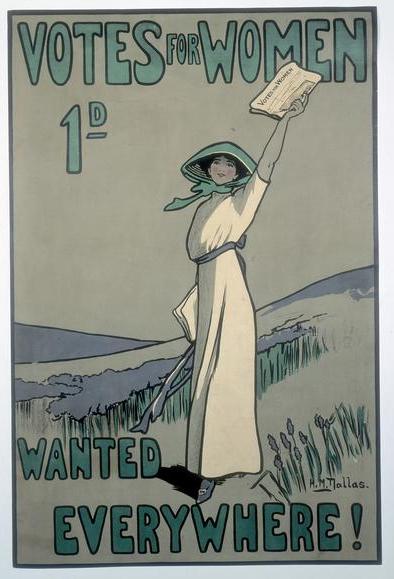
As a result of this support, and that of the Women’s Christian Temperance Union, Salter won over 60 percent of the vote, and became the first female mayor in the United States.
Although originally displeased that his wife’s name was on the mayoral ballot, it is believed that Mr. Salter soon came around, and would joke about being the “husband of the mayor.”
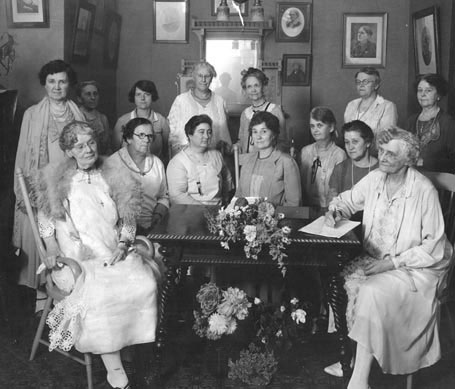
Although her one-year term in office was relatively uneventful, Salter was much talked about in political circles and by the press, both domestic and foreign, who often reported on Argonia town meetings, and sought reactions from local residents with respect to their female mayor.
Like the U.S. and much of the world at the time, there was debate about women in politics and whether it was a good idea at all.
Within a few years of her historic term in 1893, the Salters relocated to Oklahoma where the United States’ first female mayor died in 1961 at the age of 101.
Patricia Grimshaw is a self-professed museum nerd, with an equal interest in both medieval and military history. She received a BA (Hons) from Queen’s University in Medieval History, and an MA in War Studies from the Royal Military College of Canada, and completed a Master of Museum Studies at the University of Toronto before beginning her museum career. She has lived and traveled all over Canada and Europe.
